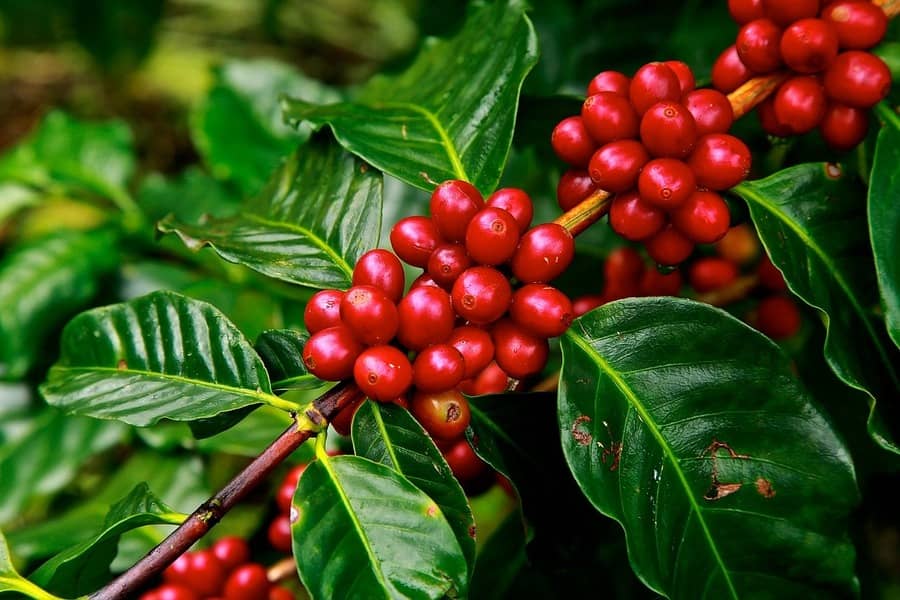The coffee market was very volatile in January. Even moving slightly away from the highs set in December, when it exchanged hands above 200 cents in New York, arabica managed to sustain a large part of the gains. It carries some of the fundamental gains from the end of the 23/24 season, with the downward revision in robusta production, given the new crop failure in Vietnam, pricing the logistical bottleneck caused by the conflict in the Red Sea, higher sea freight costs, and new routes from Asia to Europe. These problems affect robusta in London but also end up positively influencing arabica in NY.
Besides fundamentals, there is also an important financial component to these stock market gains. Coffee closely follows the ups and downs of oil and often moves the opposite way of the dollar, especially against emerging currencies, especially the real, given Brazil’s weight in the international coffee market. It is clear that traders are anxiously trying to anticipate signs about the start of the interest rate cut cycle in the United States, which is giving the financial markets a more nervous tone at the beginning of 2024.
Amid financial uncertainty and flow problems to Europe, it is natural for coffee traders to adopt a more conservative stance, especially funds, which carry a net long portfolio with coffee, which helps keep the market close to its highs at the beginning of the year.
Anyway, the support variables are based on factors that may be reversible in the short term. Better direction from the Fed and the normalization of flow through the Suez Canal would take support from prices. In such a case, it is subject to rapid behavior changes. In general, the next fundamental drive for the coffee market is the size of the next Brazilian crop.
Preliminary projections indicate that Brazil’s 2024 crop will be larger than in 2023. So, the expectation is that there will be more coffee from Brazil this year. This is somehow being timidly priced in by the market, which carries negative spreads between maturities on ICE US until Sep/24. A similar situation extended until 2025 is observed for robusta in London, with the expectation of an improvement in supply in 2024 due to a normal crop in Vietnam and normal flowfrom Asia to Europe.

